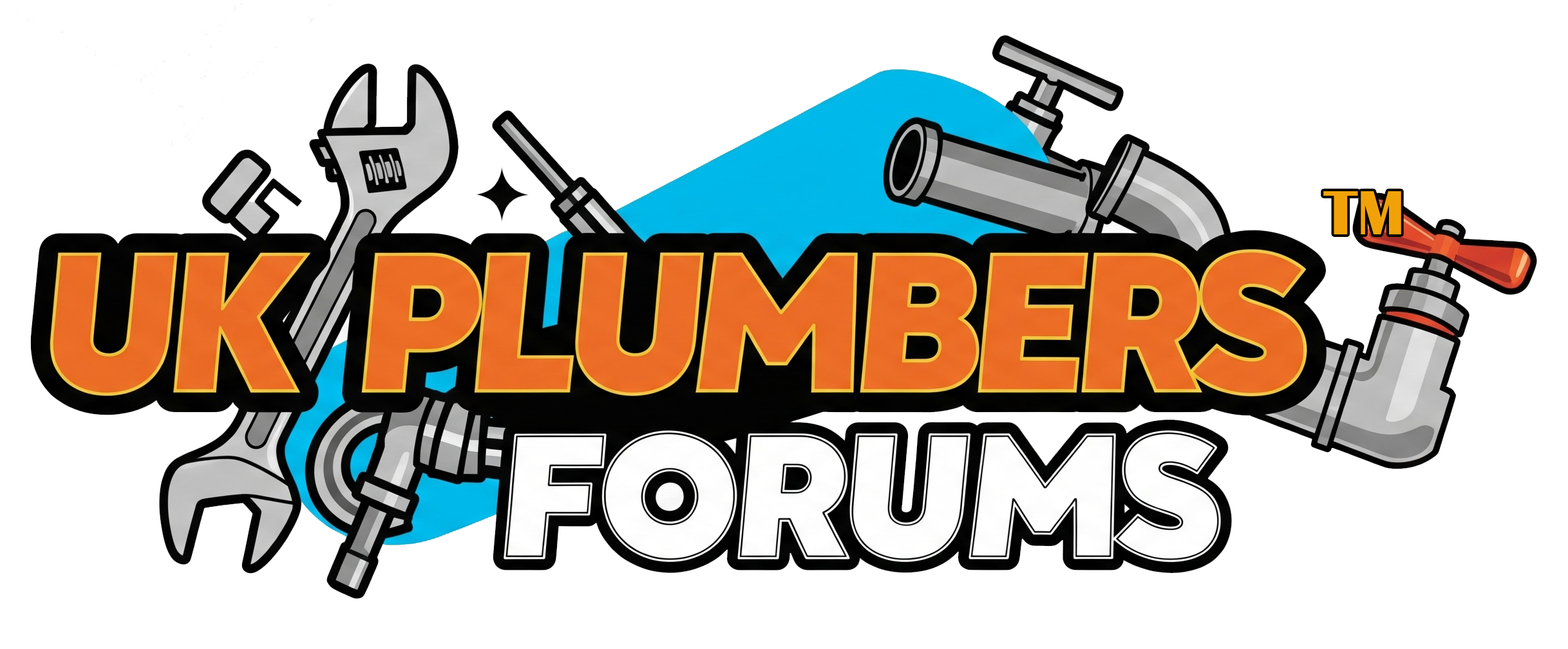T
tamz
5.4 NEW EXTENSIONS/ALTERATIONS TO EXISTING INSTALLATIONS
Before commencing the new work, the existing installation shall be tightness tested in accordance with clause 5.3.2 and any permissible pressure drop over the 2 minute test period noted (see also Sub-Section 4.2).
Upon completion of the work to the existing system, the tightness test shall be repeated and the pressure loss after the 2 minute test period shall be no greater than that previously measured and there shall be no smell of gas.
You only "need" to do what you "need" to do. Whether you choose to work above the requirements is up to you and perhaps your wallet or conscience.
Put the scenario into a bit perspective here and think about it. How much gas would be released from a 2mb drop?
Cleverer people than us do some fancy sums and decide what would be safe or not safe. When they come up with what they think is a safe figure, we are talking really safe. Not about half of what would cause the house to blow up. We are talking many many times more on the safe side.
Since i don't need to get up in the morning and there is nothing worth watching on the telly, here is a sum (or calculation if you like that word better) that shows the amount of gas that would be released into a room with a 2mb drop.
The formula for working this out is
LR (leakage rate) = F3 (some clever people worked that out and it is a constant for the type of fuel) X GM (gauge movement) X IV (installation volume) ÷ TTD (tightness test duration)
stick some numbers in and
LR = 0.059 (a constant number for ng) X 2 (the gauge dropped 2mb) x 0.02 (a guess on the big side on this one) ÷ 2 (test time)
LR = 0.00236 ÷ 2 = 0.00118m³/hr
Now think of the EL's of ng, volume of any small space a pipe is allowed to pass through without being vented and think about the number of air changes that occur in an average domestic space.
I know how i would treat this (providing there "IS" no smell) without blinking an eye this but i know how to do fancy sums too and so do you now if you remember it.
Maybe this should be moved to the gsr section
Before commencing the new work, the existing installation shall be tightness tested in accordance with clause 5.3.2 and any permissible pressure drop over the 2 minute test period noted (see also Sub-Section 4.2).
Upon completion of the work to the existing system, the tightness test shall be repeated and the pressure loss after the 2 minute test period shall be no greater than that previously measured and there shall be no smell of gas.
You only "need" to do what you "need" to do. Whether you choose to work above the requirements is up to you and perhaps your wallet or conscience.
Put the scenario into a bit perspective here and think about it. How much gas would be released from a 2mb drop?
Cleverer people than us do some fancy sums and decide what would be safe or not safe. When they come up with what they think is a safe figure, we are talking really safe. Not about half of what would cause the house to blow up. We are talking many many times more on the safe side.
Since i don't need to get up in the morning and there is nothing worth watching on the telly, here is a sum (or calculation if you like that word better) that shows the amount of gas that would be released into a room with a 2mb drop.
The formula for working this out is
LR (leakage rate) = F3 (some clever people worked that out and it is a constant for the type of fuel) X GM (gauge movement) X IV (installation volume) ÷ TTD (tightness test duration)
stick some numbers in and
LR = 0.059 (a constant number for ng) X 2 (the gauge dropped 2mb) x 0.02 (a guess on the big side on this one) ÷ 2 (test time)
LR = 0.00236 ÷ 2 = 0.00118m³/hr
Now think of the EL's of ng, volume of any small space a pipe is allowed to pass through without being vented and think about the number of air changes that occur in an average domestic space.
I know how i would treat this (providing there "IS" no smell) without blinking an eye this but i know how to do fancy sums too and so do you now if you remember it.
Maybe this should be moved to the gsr section



